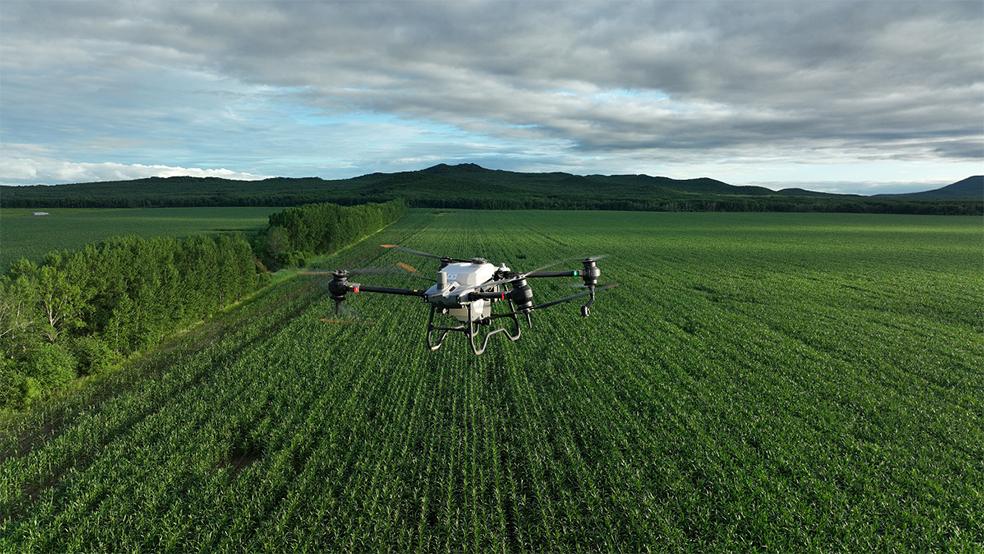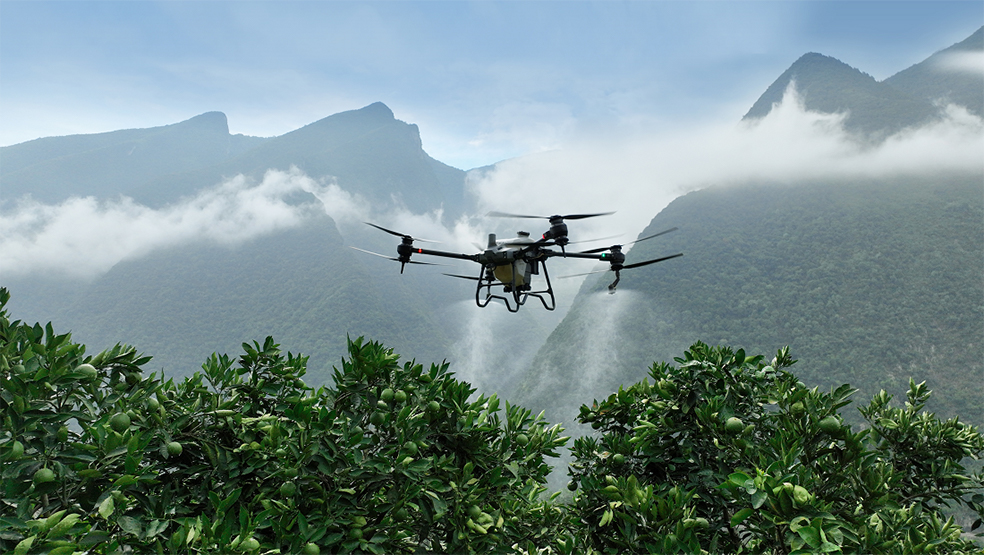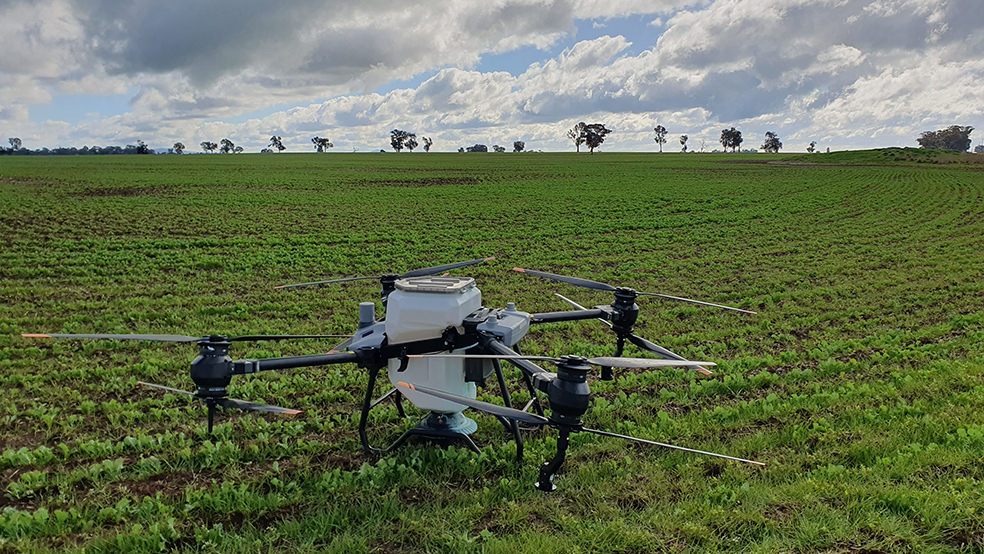HTTP/1.1 200 OKServer: AkamaiNetStorageContent-Length: 44490Content-Type: text/htmlSet-Cookie: nk=d4fd537ff29480321d64cc0d8815e26d; expires=Mon, 30-Nov-2026 09:16:07 GMT; domain=.weeklytimesnow.com.au; secure; SameSite=NoneSet-Cookie: nk_debug=nk_set; expires=Wed, 29 Nov 2028 09:16:07 GMT; path=/; domain=weeklytimesnow.com.au; SameSite=None; Secure;Set-Cookie: nk_ts=1711775422; expires=Wed, 29 Nov 2028 09:16:07 GMT; path=/; domain=weeklytimesnow.com.au; SameSite=None; Secure;Set-Cookie: nk=d4fd537ff29480321d64cc0d8815e26d; expires=Wed, 29 Nov 2028 09:16:07 GMT; path=/; domain=weeklytimesnow.com.au; SameSite=None; Secure;Vary: User-AgentX-PathQS: TRUEX-ARRRG4: https://www.heraldsun.com.au/X-ARRRG5: /blaize/decision-engine?path=https%3a%2f%2fwww.weeklytimesnow.com.au%2fsponsored%2fF76AFIJWMCH7a8MFzxlY%2fhow-drones-are-shaping-the-future-of-farming%3fnk%3dd4fd537ff29480321d64cc0d8815e26d-1711775422&blaizehost=v4-news-au-weeklytimesnow.cdn.zephr.com&content_id=&session=d4fd537ff29480321d64cc0d8815e26dBlaizeHappened: trueContent-Security-Policy: block-all-mixed-content; style-src https: 'unsafe-inline'; script-src https: blob: 'unsafe-inline' 'unsafe-eval'; img-src https: data:; frame-src https:;Content-Security-Policy-Report-Only: frame-ancestors 'self'; report-uri https://www.weeklytimesnow.com.au/csp-reportsStrict-Transport-Security: max-age=31536000 ; includeSubDomainsETag: "03ab5fcadc40c753d1537cb5d0532bbc:1701732637.108852"Expires: Sun, 30 Nov 2025 09:16:07 GMTCache-Control: max-age=0, no-cachePragma: no-cacheDate: Sun, 30 Nov 2025 09:16:07 GMTConnection: keep-aliveHow drones are shaping the future of farming How drones are shaping the future of farming
Traditional farming methods are fast being replaced by drones.
For three years, Australia’s farmers faced soaking rain. While floods were a concern among much of the country, even landowners who avoided flooding were hugely affected by the rainfall, unable to work on drenched paddocks.
But this sort of challenge will soon be an issue of the past, with advances in agricultural drone technology in recent years.
David Harris, owner of Wide Bay Drones explained that over the past five years agricultural drone technology has evolved to a point where it can complete work much more effectively than traditional methods.
“A big advantage (in using drones) is we can get onto the farm the day after it’s been raining,” Mr Harris explained, saying grain producers in particular are feeling the benefits.
He said this saves farmers a lot of time, as without a drone they would have to wait until the land was dry enough to use a tractor.
He added another benefit is damage to the soil is reduced significantly compared to when traditional machinery is used .
“There’s less soil compaction if they’re not driving up and down their property (as frequently),” he said.
The precision of drones such as the DJI Agras T40 also allows landowners to “get into tight spots” that they previously found difficult to treat.
But he said one of the main perks is efficiency.
“Farmers love the speed we’re able to do it (spray a property). We’re averaging five to seven hectares an hour as opposed to a tractor that would be one to two hectares an hour,” Mr Harris said.
TECHNOLOGY TRANSFORMING AGRICULTURE
But drone technology is doing much more than helping individual farmers manage their land.
According to the United Nations Global Compact, published by Accenture, drone use is proving transformative worldwide, as landowners are able to be much more precise about the way they use their land.
It’s a transformation Dean Bull, owner of On Point Drones, is seeing play out every day.
He explained drones can now produce highly detailed mapping of a property, giving farmers insights that can save them huge amounts of money and improve the health of the soil.
“Drones are so good at producing maps,” Mr Bull said. “People are learning that no two paddocks are the same.”
He explained this knowledge is being used to reduce the amount of chemicals and fertiliser on a property, as only the areas that actually need treatment will be sprayed.
“The farmers are saving a huge amount in chemicals, and it gives them a much better crop yield,” Mr Bull said.
He said this move towards precision agriculture has been rapid, with interest rising massively in the past few years.
“I find everyone we’ve approached initially probably thought the drone was a bit of a toy, or a joke, but now all those same farmers see it as a really important tool,” said Mr Bull.
Word of mouth has seen his business grow rapidly, and Mr Bull now works on properties from the Riverina in southern NSW to the Otways in south western Victoria.
“The technology is improving out of sight. It’s becoming a lot more affordable, and they’re seeing increased profits. (But) it’s not only the reduction of cost, it’s the reduction of chemicals. Farmers want to look after their land and improve the soil quality. We’ll often treat a paddock for weeds one year, and then (the next year) we will put in seed and fertiliser to increase the health of the land,” said Mr Bull.
A SAFER WAY TO MANAGE LAND
Mr Bull, who has a background flying helicopters, said the reality is unmanned drones are also a much safer way of farming.
“As far as the farmers are concerned, the reduced risk is a big relief to them. A lot of farmers we have worked for, they know someone who was killed or injured in an aircraft,” said Mr Bull.
He explained drones are also seen as safer in the general community, as those carrying chemicals only need to fly over the paddocks they will be working on.
“Some of our clients’ areas are starting to get a lot more built up, so people are more sensitive to arial application. The drone is quiet and never leaves the paddock – it doesn’t go over other properties,” said Mr Bull.
Dean Bull, On Point Drones
CHANGING THE FUTURE OF FARMING
Mr Harris, whose business both sells drones and also services farms in Queensland, said the “versatile” nature of agricultural drones will see them become one of the biggest drivers of change in agricultural technology in coming years.
He said when the technology was new, nobody really knew what the farmers needed. But he explained drone makers have been responsive to farmers’ needs, and drones are now at a stage where they are “extremely effective”.
“Having drones allows farmers to go out and do more,” he said.
He explained the tools are now being used across primary industries, and his company has worked with cotton producers, in forestry, and also with weed management.
It’s this versatility that Mr Bull sees as the key reason drones are likely to lead the way in farming technology.
“A really interesting thing is we thought there might be one or two applications. But every time we spoke with a farmer he had a different idea he hasn’t been able to solve himself.
“Now we have a massive variation in our work, and 99 per cent of it is to do with reducing risk, and increasing efficiency,” Mr Bull said.
Every DJI T40 smart farming kit bought in October 2023 through CR Kennedy or one of our partners, will include a free UNV 2,000 Watt Pro Trek Pro Station, worth $2799. This offer includes Drone, Spreader, three batteries, Mavic 3 Multispectral, RTK Base Station and Tripod, and 12 months of DJI Terra Smart Farming Software.
Original URL: https://www.weeklytimesnow.com.au/sponsored/F76AFIJWMCH7a8MFzxlY/how-drones-are-shaping-the-future-of-farming





